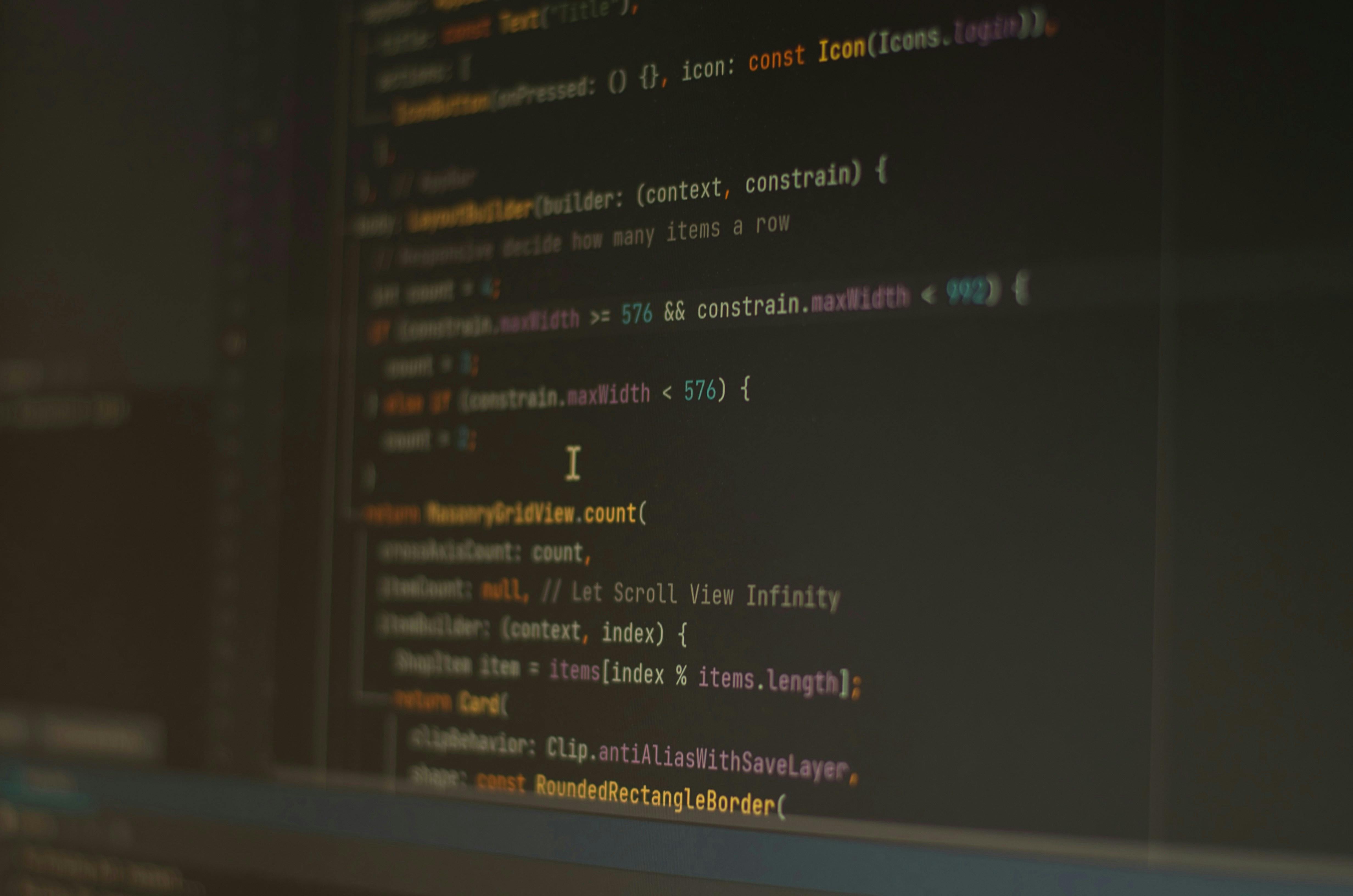When Apple introduced iOS 26, it brought with it a design shift that felt like a glimpse into the future—Liquid Glass UI. It’s more than just translucent visuals; it’s about depth, fluidity, and layered motion that integrates deeply with iOS’s native rendering engine. Within weeks of the announcement, React Native had already started rolling out support for Liquid Glass effects, enabling developers to tap into Apple’s new APIs with minimal overhead.
But Flutter—despite its rising popularity in recent years—has remained largely silent on this front. This raised a critical question in the developer community: Did React Native just kill Flutter with its swift adaptation to Liquid Glass?
Let’s dig deeper and unpack why this might not be just an overreaction—and what it tells us about the present and future of both frameworks.
What is Liquid Glass UI?
Liquid Glass is Apple’s next step in visual storytelling. It's an immersive UI system emphasizing dynamic translucency, soft gradients, real-time blurs, and responsive motion layers. Think of it as a refined evolution of Apple’s old “Frosted Glass” effects—but now deeply tied to the native system compositor and hardware-accelerated transitions.
In short, it’s not just visual polish. It reflects a native-first rendering model designed to give iOS apps a more “alive” feel, seamlessly blending UI elements with system components.
How React Native Adapted Swiftly
React Native, with its commitment to native UI components, was in a natural position to adopt Liquid Glass. Because React Native bridges to actual native components (UIKit in iOS), all it had to do was expose Apple’s Liquid Glass APIs via native modules and pass them to JavaScript.
For instance:
- Developers can now use wrappers around Apple’s new
UIVisualEffectViewfor dynamic glass overlays. - Native blur types like
systemUltraThinMaterialandsystemMaterialGlassare now accessible. - Some third-party libraries like
react-native-blurhave already updated to support iOS 26’s new material types.
No major refactoring was needed, because React Native simply passes control to the native layer—which is exactly where Liquid Glass lives.
Why Flutter Hasn’t Responded Yet
Flutter, on the other hand, renders everything using Skia, its own high-performance graphics engine. This gives Flutter full control over every pixel on the screen—but it comes at a cost.
Because Flutter doesn’t use native UI components (like UIKit or Material Views), it cannot natively “tap into” system-level visuals like Liquid Glass without significant engineering work. Mimicking those effects within Skia would require:
- Building custom shaders to simulate depth and blur.
- Re-implementing motion layering logic from scratch.
- Accessing iOS compositor data for blur blending—which Flutter doesn’t do by default.
There’s no official roadmap yet from Flutter on integrating native blur materials from iOS 26. This has led many to question whether Flutter is even capable of replicating such system-native visual experiences.
Why This Matters: UI Philosophy Clash
This isn’t just about keeping up with trends—it’s about framework philosophy.
- React Native prioritizes native look and feel. It delegates rendering to the platform, which makes it more agile when platforms evolve (like with Liquid Glass).
- Flutter prioritizes pixel-perfect consistency across platforms. It paints its own UI, meaning every visual decision must be recreated from the ground up.
So while React Native can instantly adopt new platform visuals, Flutter faces a delay—or worse, an inability—to replicate them without significant architectural changes.
Can Flutter Catch Up?
Flutter can technically replicate the Liquid Glass UI—but not without trade-offs:
- It would likely require a mix of platform channels (to access native views) and custom shaders (to mimic the effects).
- Such workarounds would violate Flutter’s clean cross-platform abstraction, breaking the consistency it's known for.
- Alternatively, Flutter could integrate tighter with iOS via hybrid rendering, but that would be a major philosophical shift for the framework.
To stay competitive, Flutter needs:
- A dedicated system-native rendering layer for advanced visuals like Liquid Glass.
- A roadmap that acknowledges native design trends, rather than treating platform aesthetics as optional.
- A hybrid rendering approach that combines Skia with selective native UI elements.
- Final Verdict: Not a Knockout—But a Wake-Up Call
- So, did React Native just kill Flutter? Not quite. But it landed a blow.
- Flutter remains a powerful framework with unmatched UI consistency, performance, and a growing community. For apps where brand control, performance, and consistency matter more than native aesthetics, Flutter is still the better choice.
- But in a world where users expect apps to feel like they belong—where design systems like Liquid Glass set the tone for what's modern—React Native’s architecture gives it a significant edge.
- If Flutter doesn’t evolve its rendering philosophy to embrace system-level visuals, it risks falling behind in a world that increasingly values native-first design.
- Flutter isn’t dead—but the game has changed. And the clock is ticking.


